The beauty of Mau Temple in Phong Muc village (Trieu Loc commune).
Han Temple is located in Phong Muc village, a land of “mountains and waters”, with beautiful and peaceful natural scenery. On one side are deep and quiet mountains and forests, on the other side is the Len River that has flowed for generations, witnessing many changes of the times.
This land is also a place where historical, cultural and spiritual values converge and settle. Han Temple is located about 3km from Bong intersection. Bong intersection is known as a place with a dense system of relics that seem to be drawing a path of relics: Thai Uy Ly Thuong Kiet Temple, Cay Thi Temple, Chau De Tu Temple, Duc Ong Temple (also known as Han Son Temple), Co Bo Temple... The road leading from National Highway 1 to Han Temple also bears the mark of typical relics such as: Ba Trieu Mausoleum, Ba Trieu Temple Historical and Architectural Relic Area, Co Doi Temple, Quan Giam Sat Temple, Co Tam Temple... From the beauty of natural landscapes to the diverse and unique system of relics along with religious and spiritual activities, the attraction of the Han Temple relic cluster has been created for a large number of tourists from all over the world, just like the saying: "Han Son is a strange encounter with natural beauty/ Visitors come and do not want to leave".
The ancient story leads to the path of "the mortal". According to legend, during the Le Dynasty, Mau De Tam received orders to help General Le Can Thanh, the second son of Grand Chancellor Le Tho Vuc, defeat the Champa invaders on the Ma River, right in the Dong Han area of Phong Muc village. With her talent for strategy, determination and the help of Mau, the enemy army was defeated, many boats were continuously sunk in the whirlpool. After winning the battle, Mau held a celebration party, rewarding the troops right in Phong Muc village. Although she was a person of merit, wholeheartedly helping the country and the people, Mau De Tam's life had to endure hardships and storms because of the treacherous and sly people who were jealous and tried to frame her, causing her to suffer injustice. She was burned at the top of Chan Tien mountain (now Da Bac mountain). In memory of her merits, contributions, and pity for her fate, the people of Phong Muc village built a temple to worship her right on this mountain.
Crowds of tourists flock to Han Temple in the first days of the sixth lunar month.
Amidst the lingering smoke of incense and the singing of the mediums, Mr. Le Ba Mon (67 years old) calmly connected historical facts and folk tales about the formation and development of the temple, about the lives and achievements of the saints and gods worshiped at the temple. Mr. Mon's family has been taking care of the temple for three generations, serving the saints and gods; Mr. Mon himself has been attached to this place for more than 10 years.
According to Mr. Mon, the ancient Han Temple was built entirely of ironwood. Each god was worshiped in a separate palace, in which the forbidden palace was the place to worship the Mother Goddess. Over time, the Han Temple was destroyed. “However, the practice of burning incense to offer to the Mother Goddess and the saints and gods here is still maintained by the people. The villagers temporarily built a stone altar on the mountain. Right next to the altar there is a well, commonly known as the sky pond,” said Mr. Mon.
Since 1993, in order to preserve and promote the traditional historical and cultural values, and to meet the expectations of generations of people, Han Temple has begun to be rebuilt. Up to now, after many restorations and embellishments, Han Temple still retains many ancient and solemn features. Han Temple currently has 3 main palaces, including: The harem is the place to worship the Mother Goddess, the 2nd palace worships the King and the Jade Emperor, and the 3rd palace worships the community. The temple still preserves some ancient artifacts such as bronze jars, two stone steles...
In addition to the Mau Temple, the cultural and spiritual space here takes visitors to the Quan Giam Sat Temple (with 4 shrines worshipping the Four Palaces of Quan Hoang); the temple worshipping Mr. Hoang Ba (also known as Mr. Hoang Bo); the Co Tam Temple worshipping the maids of the Holy Mother, the sacred deity who specializes in healing and saving people; the Co Doi Temple worshipping two young girls serving the Holy Mother.
In the space of Mau Temple during the festival days.
For a long time, the Han Temple relic complex has been a place for spiritual and cultural activities of people in and outside the region. Besides, the relic is also a valuable source of historical documents, a typical cultural and religious mark, a historical witness, along with the development of the village and commune. It seems that the song: "June is Gai festival, February is Mia festival" (Gai festival is another name for the Han Temple festival) has left a mark in the minds of many people.
The Han Temple Festival is held from the 1st to the 12th of the 6th lunar month every year with many activities: incense offering, congratulatory speeches, drum beating to open the festival, art programs... The most special is the palanquin procession ceremony taking place on the 12th of the 6th lunar month. The Mother's palanquin is carried from the village communal house to the Han Temple. Mr. Mon shared: "This is the most important ritual in the festival, so it is prepared very carefully and meticulously. Accordingly, the village will select 12 young men, unmarried, with no family mourning, good family...".
Since the beginning of the sixth lunar month, many tourists from all over the world have come to Phong Muc land, to Han temple to enjoy the festival. Depending on their conditions and circumstances, tourists prepare some offerings to Mother Goddess, sending their wishes for health, happiness, success, fortune... Ms. Thieu Dinh Tinh (Thieu Tien commune) shared: “Every year, on the occasion of the festival, I and some close sisters come to the temple to make offerings and burn incense. Entering the Mother Goddess gate, we do not elaborately prepare offerings but mainly come from sincerity. The beautiful, peaceful natural scenery and the festival atmosphere always make us feel excited and delighted every time we return to the temple”.
The Han Temple Festival has opened. Following spiritual ideas, with the mindset of "going to understand - coming to love", visitors come to the Han Temple to freely visit, sightsee, enjoy a bowl of green tea imbued with the scent of the land, warm human affection, and immerse themselves in the cultural and spiritual colors of this place...
Article and photos: Nguyen Anh
* The article uses materials in the book "Geography of Hau Loc" (Social Sciences Publishing House).
Source: https://baothanhhoa.vn/han-son-ky-ngo-duyen-thien-sac-254043.htm


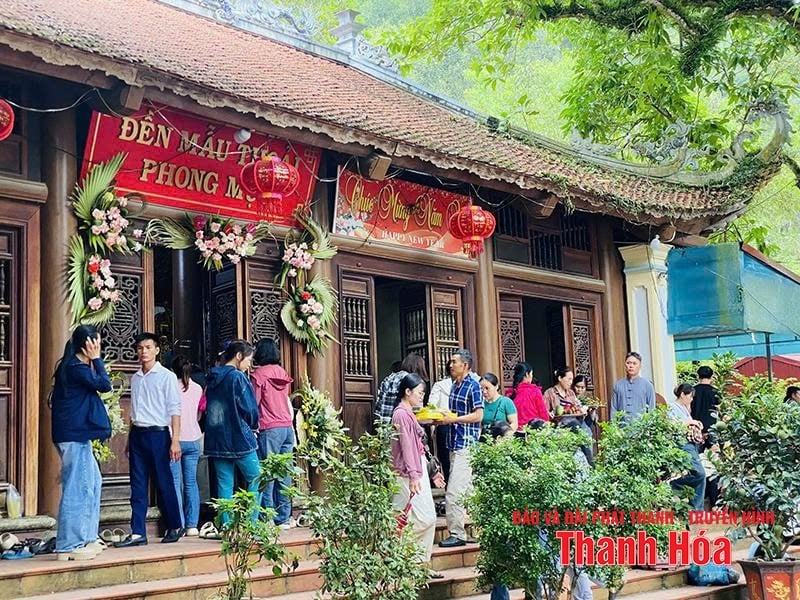
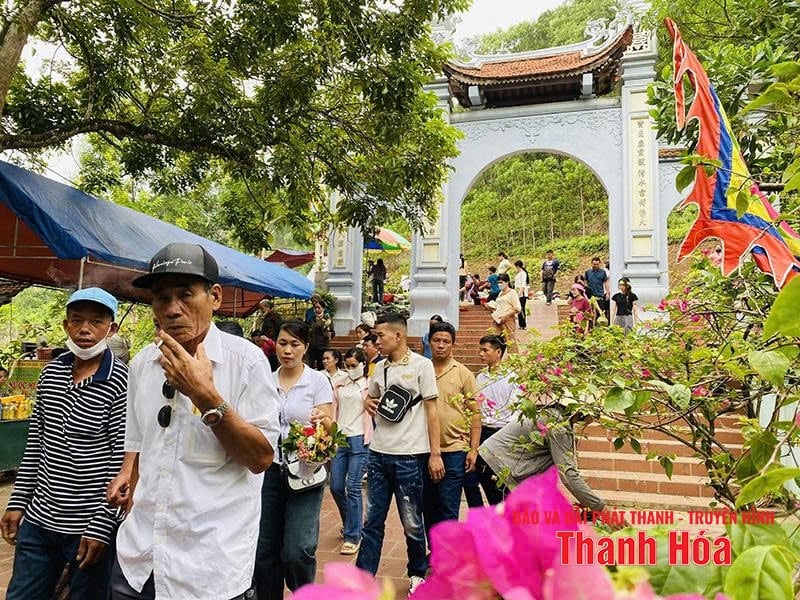
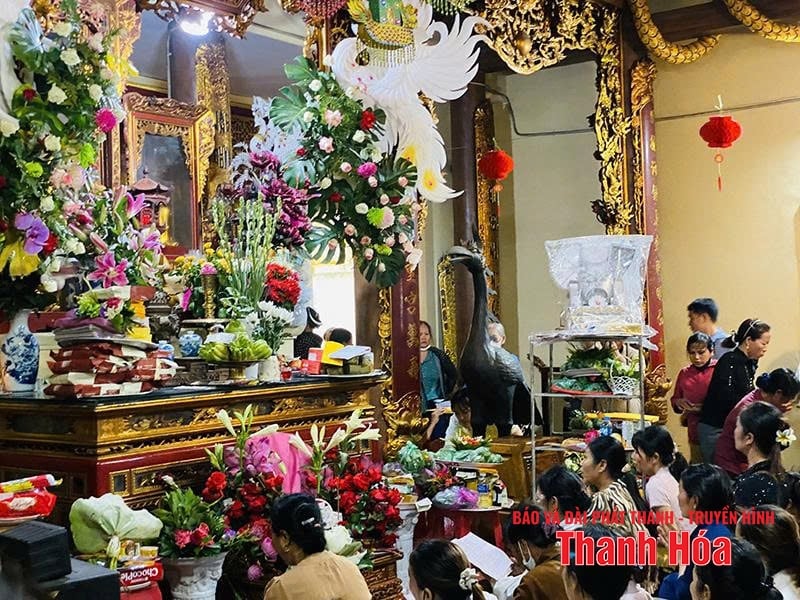
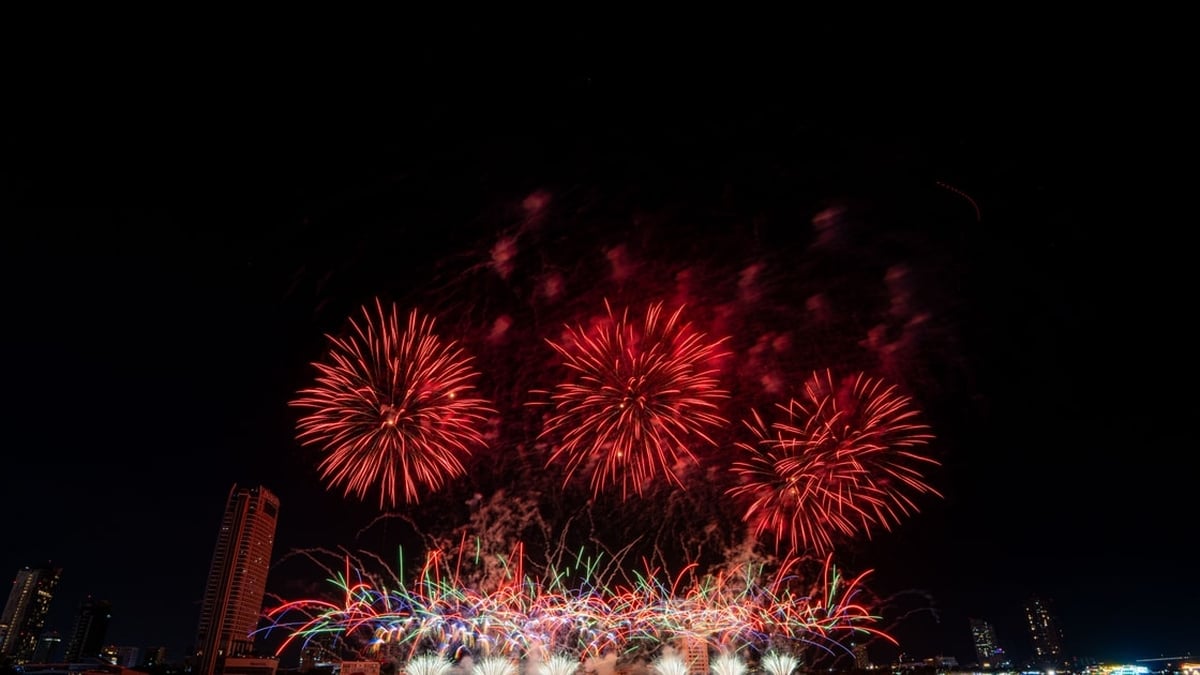
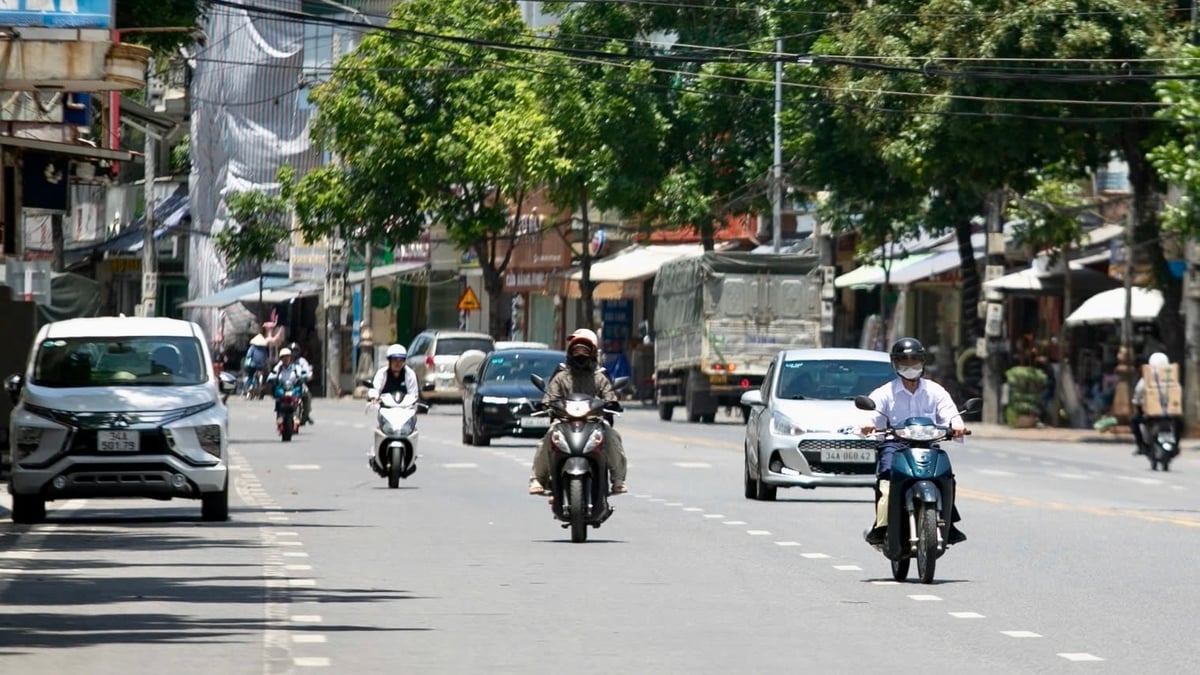
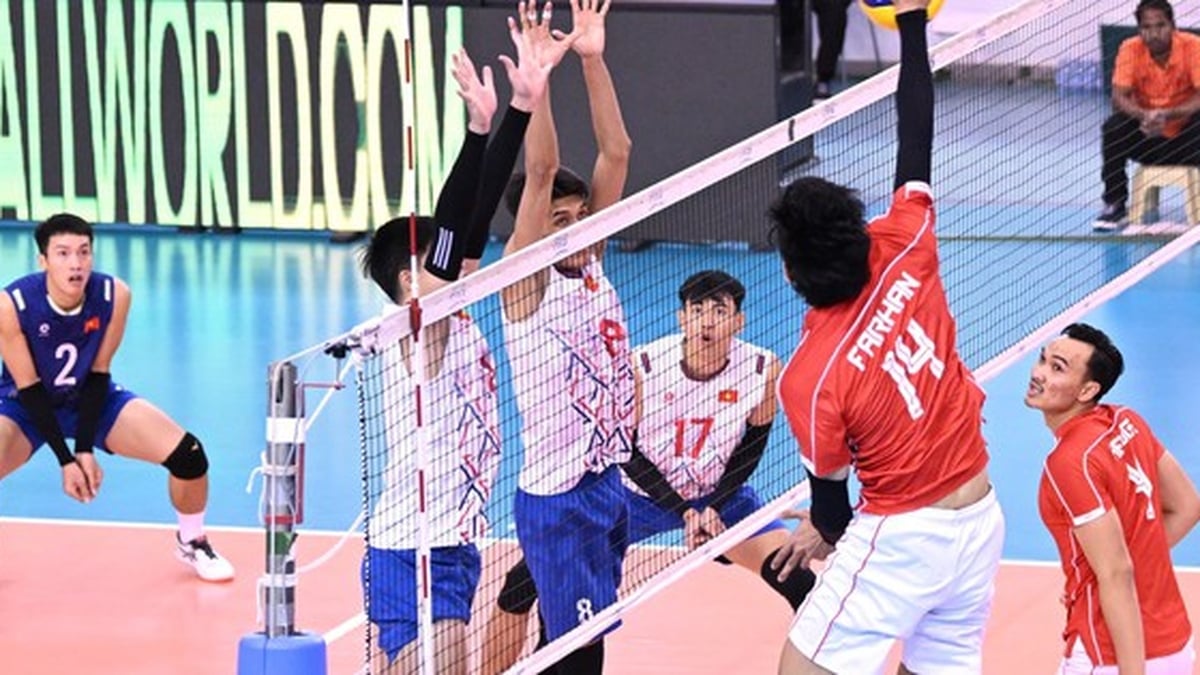

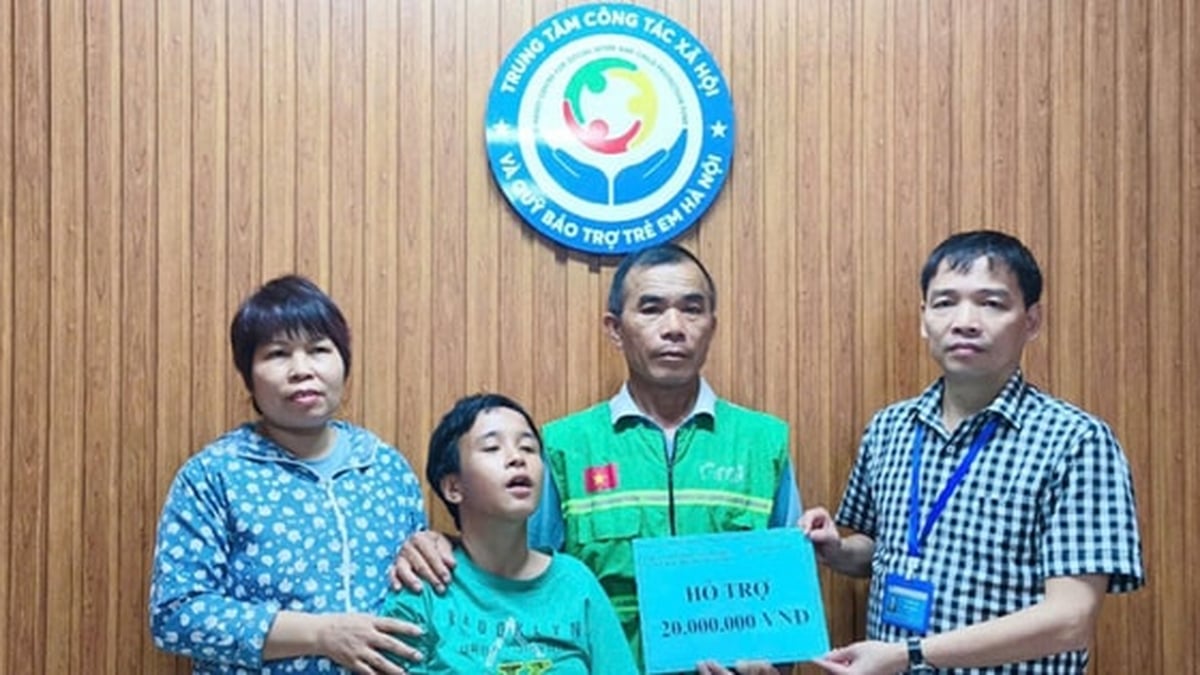

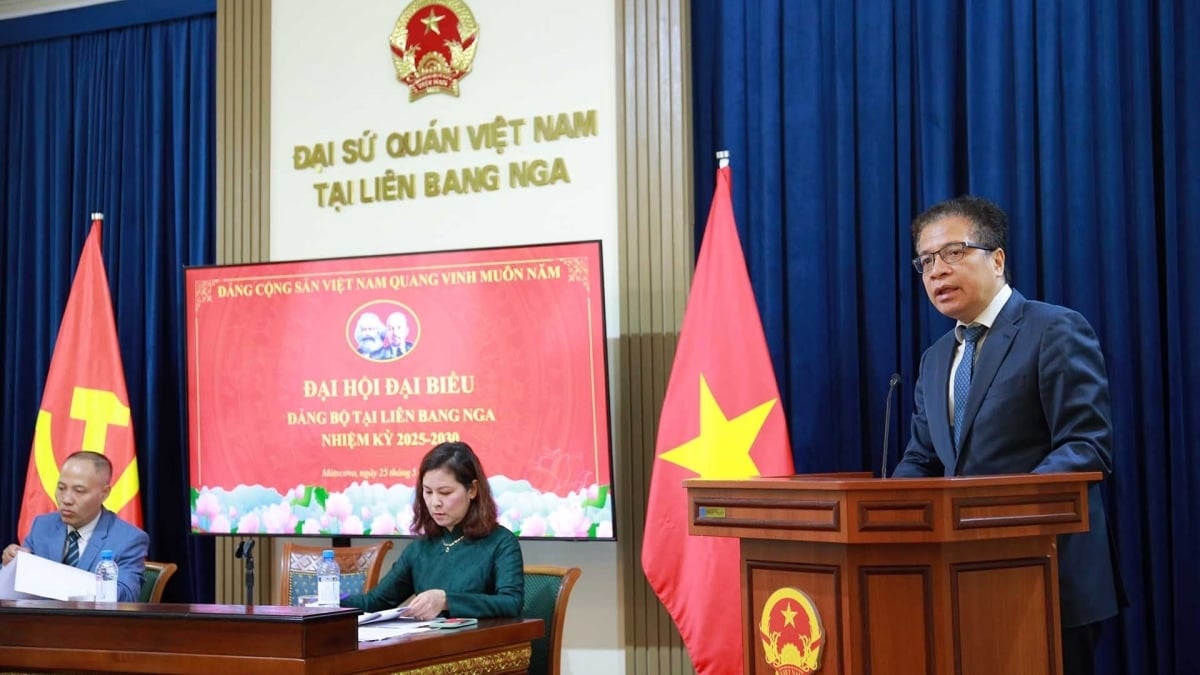
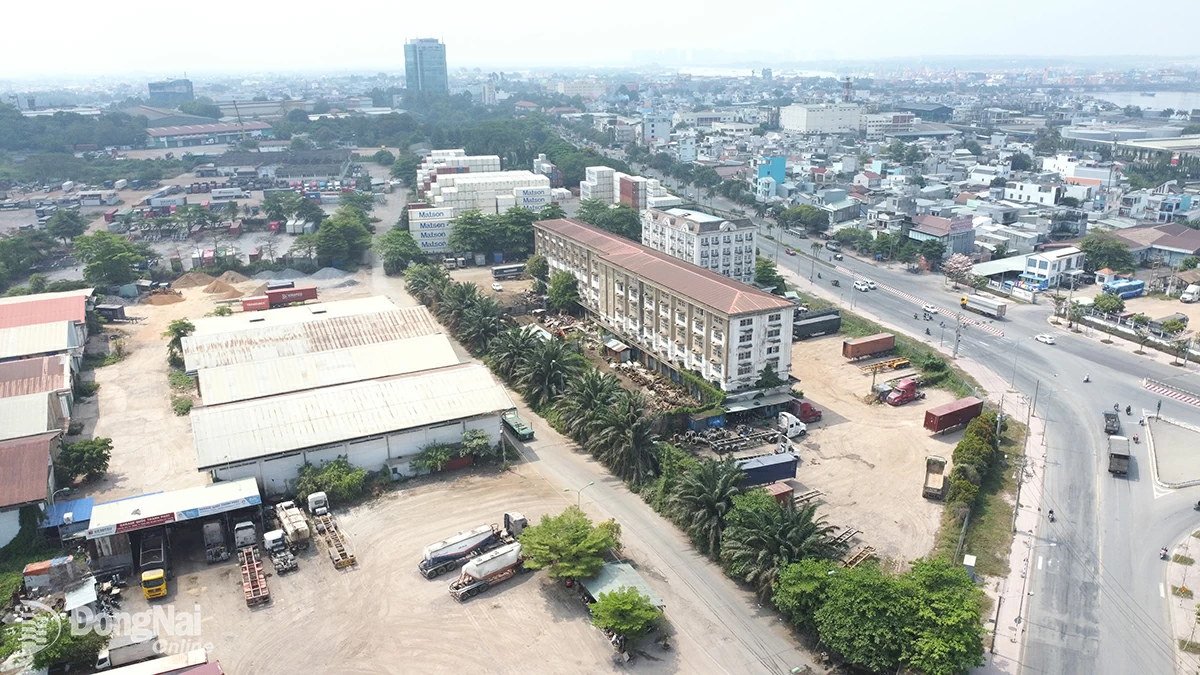
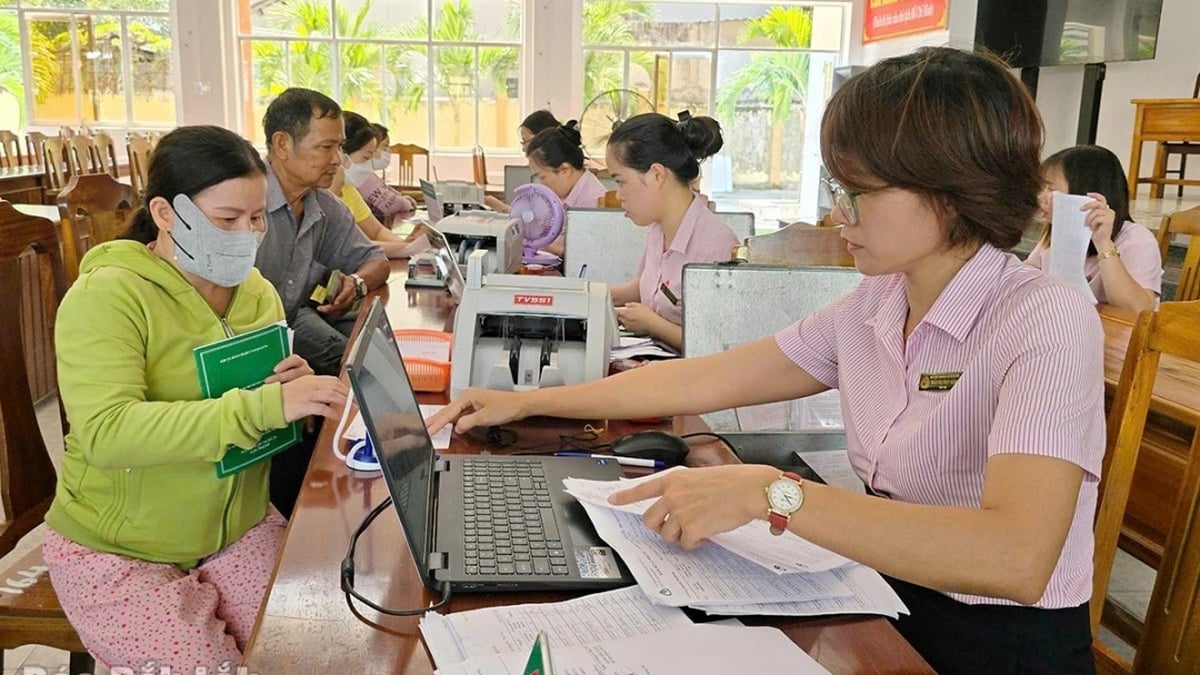
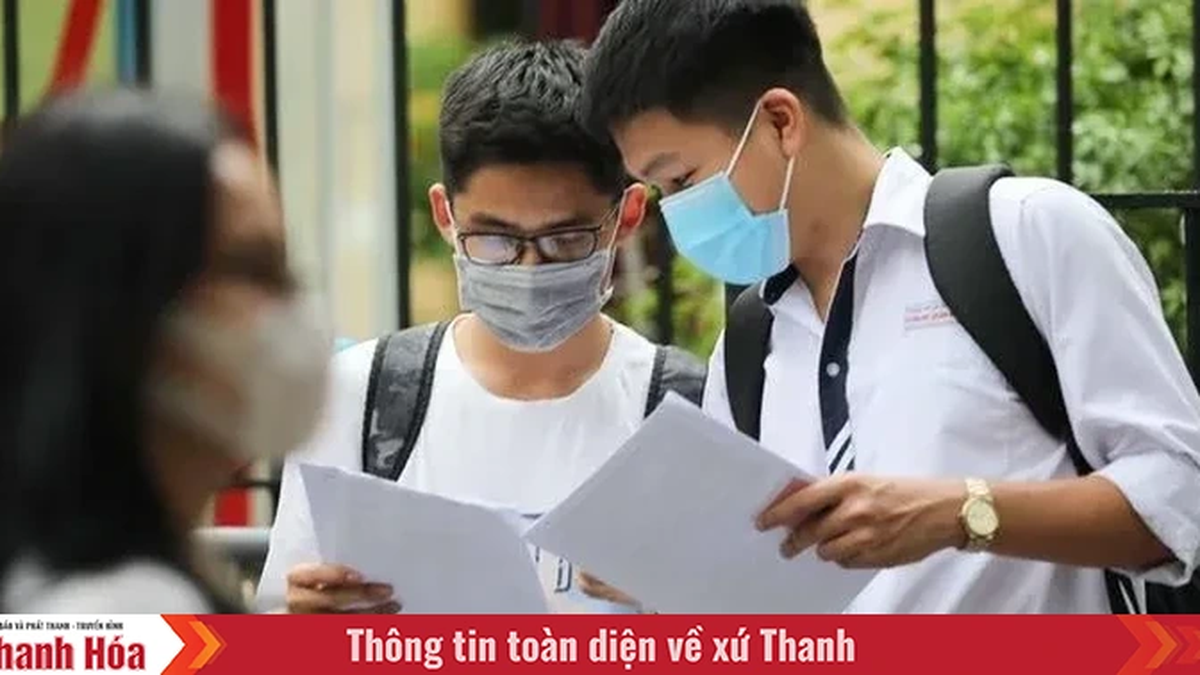






















































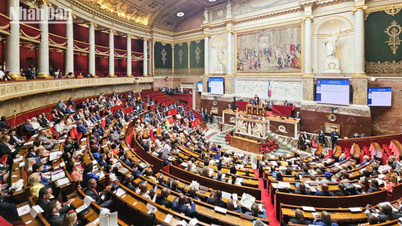
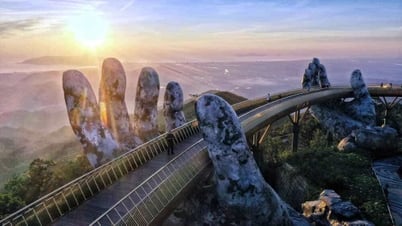

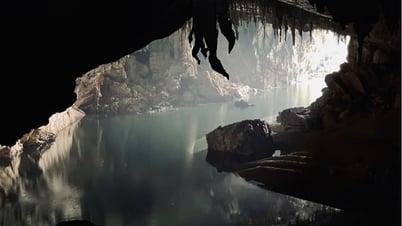


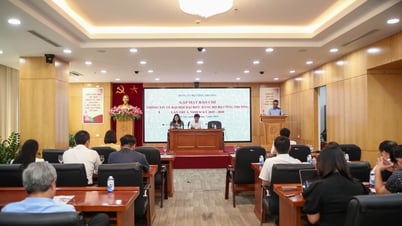

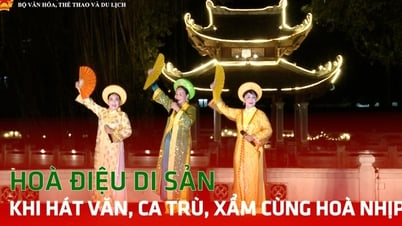



























Comment (0)